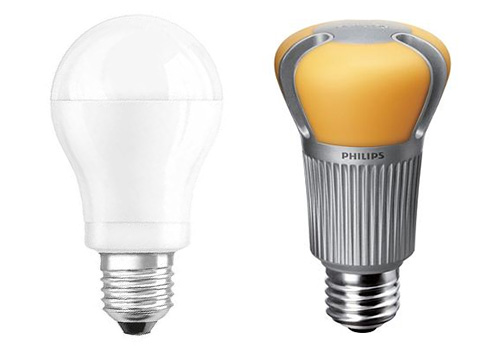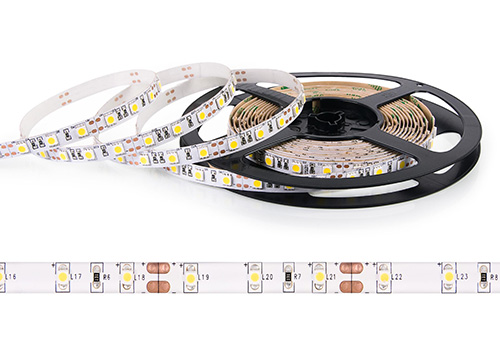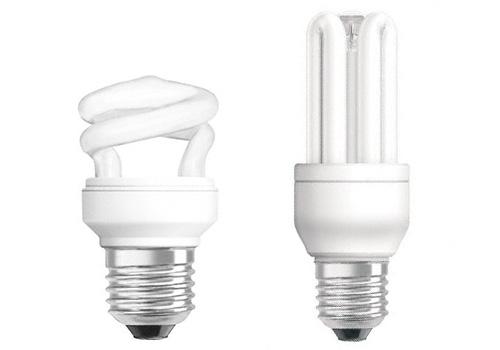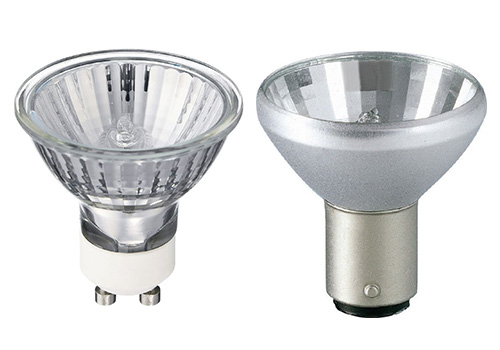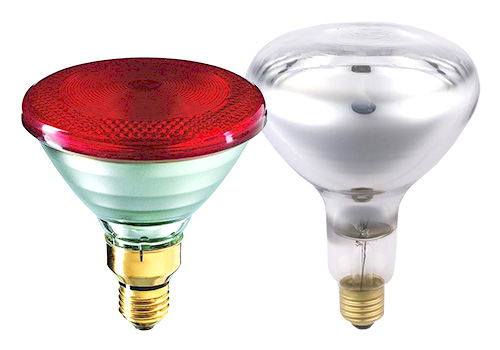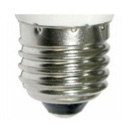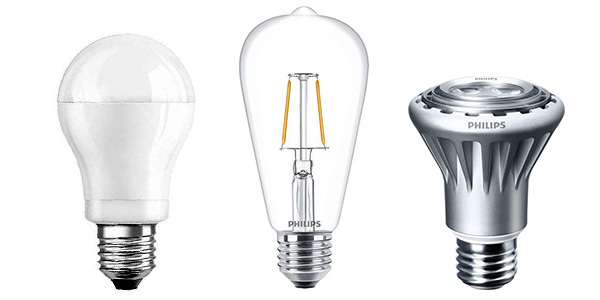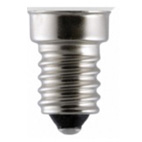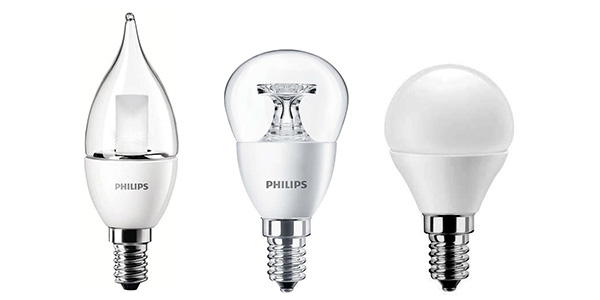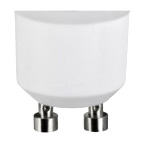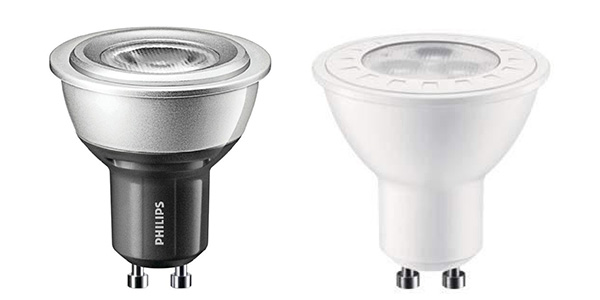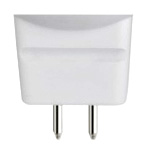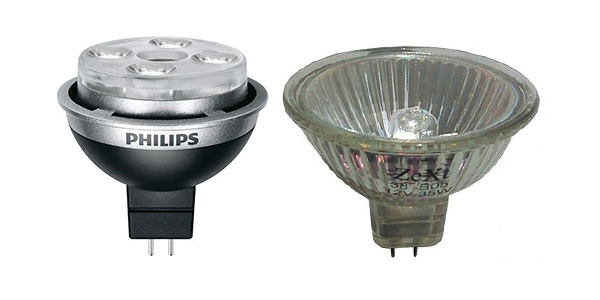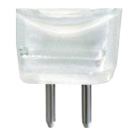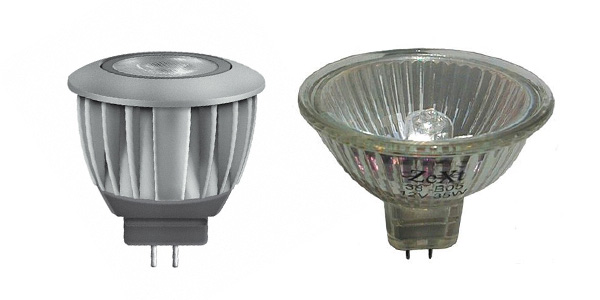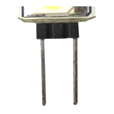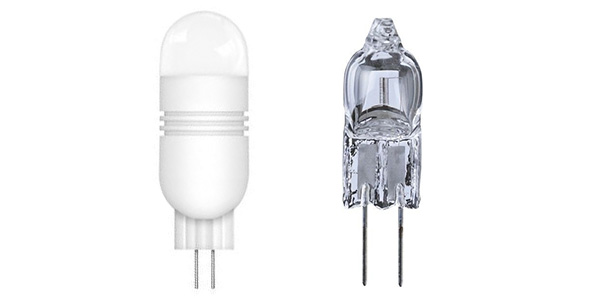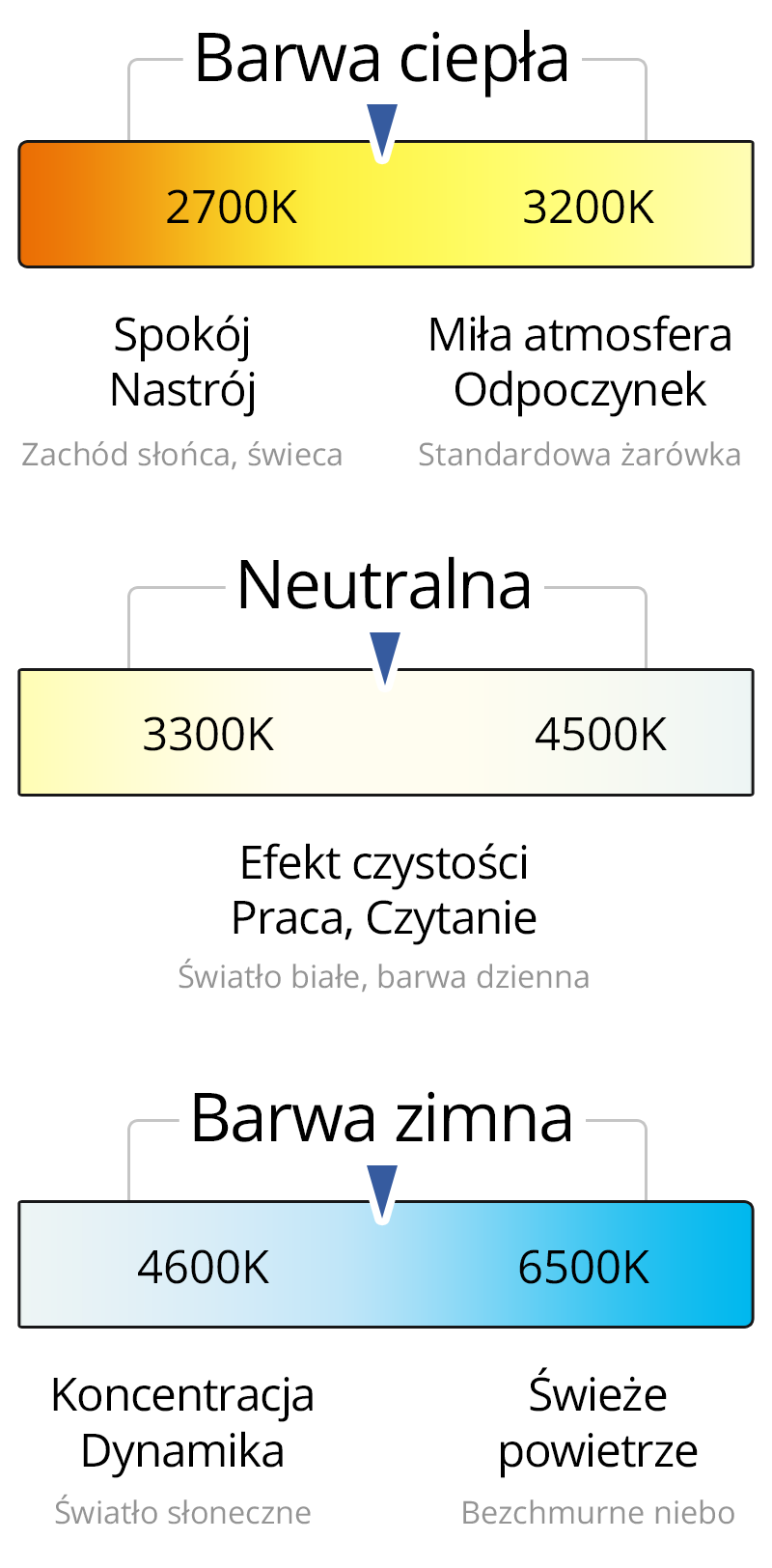LED or energy-saving - Which are better?
To the question - which bulb should I buy? – you can get a lot of answers, so it's worth learning more about them to make the right decision when purchasing. There are many doubts from the very beginning. What color of light should you choose? What are the most popular threads and how do they differ? How many lumens correspond to watts ? If you are looking for information on this topic, be sure to check out our guide!
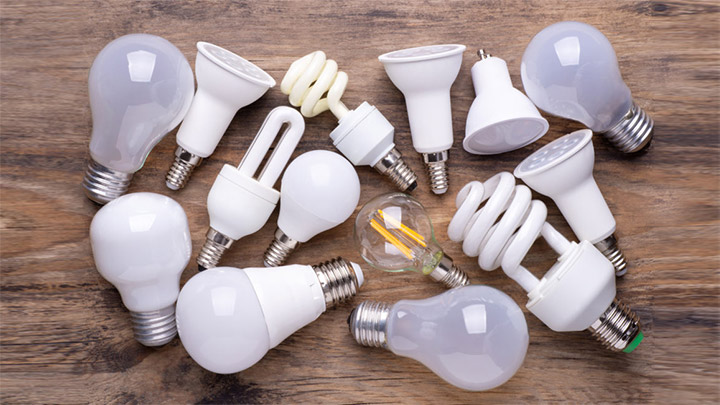
Has your light bulb burned out? Or maybe you are decorating your apartment and wondering what lighting to use? Bulbs or LED strips ? If you are lost in the variety of bulbs and threads available on the market, the following article will explain why it is worth investing in energy-saving lighting. From now on, you will have knowledge about the types of bulbs and threads at your fingertips!
What are you looking for?
The sly pays twice , or the advantages of energy-saving light bulbs over traditional ones
Many people are tormented by doubts about whether it is worth investing in energy-saving or LED bulbs because they are not aware of the benefits of using them. Ultimately, it might seem that ordinary light bulbs are cheaper and even their frequent replacement will not burden the household budget as much as the purchase of energy-saving ones. However, we forget about one thing, namely - an energy-saving bulb can last up to 100 times longer than a traditional one, while consuming 5 times less energy. Over the years, such an investment can bring savings of even thousands of zlotys! Moreover, energy-saving light bulbs are 90% recoverable, which in turn allows us to care for the environment by reducing carbon dioxide emissions into the atmosphere.
See a wide selection of bulbs at the Onninen wholesaler
Types of bulbs
LED bulbs – inconspicuous energy that will save you money
Also called LED lamps , they are light sources based on light-emitting diodes (LEDs). The list of their advantages seems endless. They are characterized by much longer durability than traditional light bulbs, higher efficiency, and they heat up less, which makes them very energy-saving. LED lamps are more efficient than compact fluorescent lamps, their operating time is longer, they do not contain mercury and they use up to 80% less energy! It is also worth remembering that LED bulbs usually have a warm, white light color, they shine evenly and illuminate the surroundings thoroughly. Even though they are more expensive compared to traditional LED bulbs and fluorescent lamps , their purchase price is more than paid for by low operating costs.
- very high energy efficiency,
- ON/OFF resistance,
- operation at both low and high voltage,
- shock resistance,
- constant amount of light emitted, independent of switching on/off,
- service life up to 100,000 hours.
- higher price compared to traditional light bulbs.
LED strips – a decorative wonder for your apartment
If you want a wide and uniform light source, it is best to choose LED strips. These models are used primarily in furniture, ceiling and decorative lighting. They can be glued directly to the substrate, mounted in strips, or connected together. LED strips available on the market come in one color or multicolor RGB , which can be changed most often using a remote control. Thanks to this, we are able to obtain any color of light.
- energy-saving, approx. 2W/m for 150 LED strips (number of diodes per meter) and approx. 4W/m for 300 LED strips,
- possibility of selecting any tape length,
- simple connection and assembly,
- obtaining any color of light,
- optional remote control - intensity and color.
- necessity to use a power supply for LED strips .
Compact fluorescent lamps – more for less
Compact fluorescent lamps are most often U-shaped or spiral-shaped. Why is it worth paying attention to this product? Mainly because they produce much more light than traditional bulbs for the same power consumption, and their warm-up time is much longer. It is also worth emphasizing that compact fluorescent lamps consume 65 to 80% less energy than a traditional light bulb emitting the same luminous flux. The lifespan of a compact fluorescent lamp can be up to 15,000. hours. However, you should avoid turning them on and off frequently because they consume the most energy. An interesting fact is that compact fluorescent lamps contain mercury and can provide household members with a colder light color temperature than ordinary light bulbs.
- low energy consumption,
- long service life,
- possibility of selecting a non-standard light color,
- light flux independent of voltage,
- service life ~ 6 - 16 thousand hours.
- eye-straining light flux,
- weakening light emission at low temperatures,
- decrease in light brightness over time,
- long heating time,
- loss of durability when frequently turned off and on,
- worse color reproduction than traditional light bulbs.
Traditional light bulbs - ordinary light bulbs withdrawn from the market
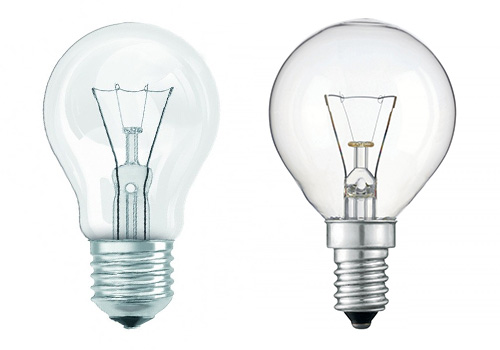
Ordinary light bulbs are also called incandescent lamps. These are bulbs with a tungsten wire through which electric current flows, thus creating a stream of light. The filament then reaches a temperature of approximately 2500-3000 K. Traditional light bulbs are gradually being withdrawn from the market because they absorb a lot of energy and can only work for about a thousand hours.
- even light beam,
- good color reproduction,
- low price.
- energy consumption,
- short service life ~ 1 thousand hours,
- carbon dioxide emissions into the atmosphere.
Tungsten filament bulbs known as halogen lamps , which have been phased out
Tungsten filament bulbs are filled with a noble gas with a small amount of halogen. The advantages of halogen lamps are their small size, quick ignition, the possibility of using dimmers and a high level of color rendering. They use 20 to 45% less energy compared to traditional light bulbs. Despite this, halogen bulbs were withdrawn from the market at the end of August 2018.
- bright light with good color reproduction,
- constant amount of light emitted,
- uniform lighting,
- quite low price.
- the need to use a transformer at high voltage,
- higher energy consumption compared to fluorescent and LED bulbs,
- more saturated colors,
- service life ~ 2 - 3 thousand hours.
Infrared heaters known as heat lamps
Infrared bulbs - also known as hen bulbs - are used primarily for heating rooms , because 90% of the energy they use is converted directly into heat. Radiators emitting infrared IR waves are very versatile and used almost everywhere where we need a quick source of heat. Infrared bulbs are used, among others, in garages, studios and greenhouses.
- quick heating,
- durability, aesthetics, comfort of use,
- no energy loss - egeria is converted directly into heat,
- safe to use, does not emit harmful radiation,
- they work without noise.
- a small stream of light,
- may cause burns upon direct contact.
Types of most commonly used threads
E27 - spacing 27 mm
Classic, large, screw-in thread - also known as large Edison thread. The thread used in most light bulbs , commonly used in home installations.
E14 - spacing 14 mm
Classic, small, screw-in thread - also known as small Edison thread. Commonly used in households, most often in lower power installations , e.g. desk lamps, small chandeliers.
GU10 - spacing 10 mm
Reflector plug, mounted with a latch. Used in lighting fixtures with reflectors. Bulbs with a GU10 base usually direct the light flux directly downwards.
MR16 - spacing 6 mm
Reflector plug, push-fit with the so-called "narrow ranges". Bulbs with this base are mainly used in suspended ceilings , for decorating furniture and shop display cases, and for lighting stairs.
MR11 - spacing 4 mm
Reflector plug, push-fit with the so-called "narrow ranges". Bulbs with this base are most often used in decorative and additional lighting .
Light colors - see markings on the bulbs
The relationship between power consumption and the amount of light supplied
Room 1 - 4 m 2
Room 3 - 8 m 2
Room 6 - 12 m 2
Room 12 - 18 m 2
Room 18 - 30 m 2
Room area 30 m2
Which LED bulb for the room? It's your decision! We hope that after reading this article, your doubts will leave your head and you will easily choose the best product for you. Choose saving and do your part to care for the environment. This pays off!
